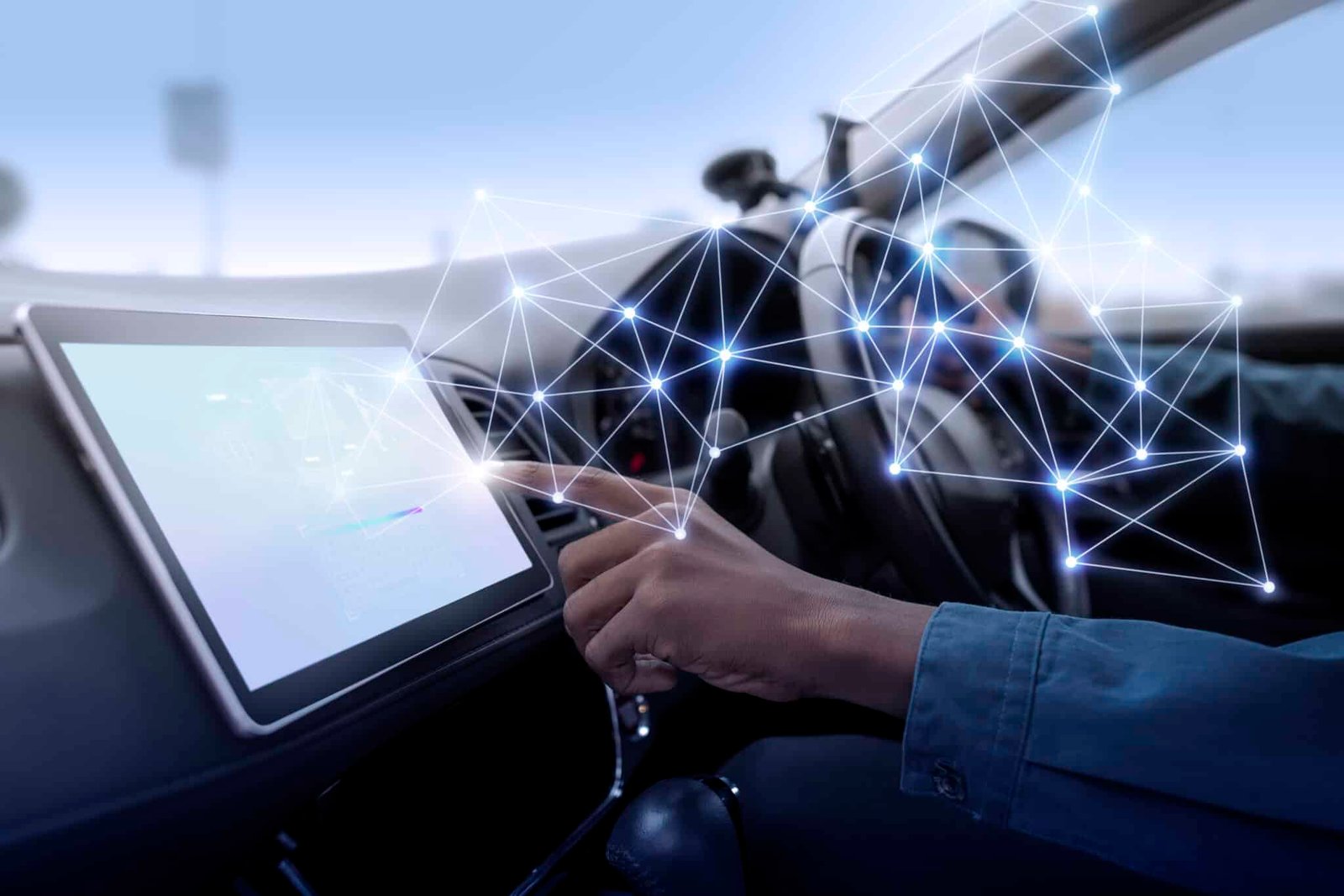Autonomous vehicles or self-driving cars are taking the automobile industry by storm. These vehicles utilize advanced technologies such as computer vision, artificial intelligence, and machine learning to sense the surroundings to navigate and make decisions on their own. It not only makes the driving experience easy but also enhances human safety. Autonomous vehicles are projected to account for 12% of new car registrations globally by as early as 2030, according to Deloitte.
However, despite the promising advances in computer vision, the development of autonomous vehicles is not without its share of challenges and opportunities.
What is Computer Vision?
Computer vision is a field of artificial intelligence that focuses on enabling computers to interpret and understand visual information from the world around them. It involves the use of algorithms and mathematical models to analyze and interpret digital images, videos, and other visual inputs — and take actions or make recommendations based on that information. In the context of autonomous vehicles, computer vision enables the vehicle to perceive its surroundings, identify objects, and make navigation decisions based on that information without the need for human involvement. While AI enables computers to think, computer vision enables them to see, observe and understand.
Read more: Revolutionizing NLP: Top 10 Cutting-Edge Applications of Deep Learning
How Computer Vision Works in Autonomous Vehicles
In order to collect information about their surroundings, modern self-driving vehicles rely on a variety of sensors, including cameras, lidar, and radar. The vehicle then leverages exclusively crafted computer vision algorithms to analyze sensor data to detect and monitor objects, identify barriers, determine distances, and take appropriate action without the need for human intervention.
Challenges in Computer Vision for Autonomous Vehicles
Computer vision plays a vital role in transforming a regular vehicle into an autonomous one. Nevertheless, this technology poses several significant challenges. Here are some of the critical obstacles that computer vision technology encounters in the context of self-driving cars.
Illumination and Weather Conditions
One of the most crucial challenges faced by computer vision in autonomous vehicles is handling varying lighting and weather conditions. Alterations in lighting, such as glare from the sun or headlights, can lead to issues with object detection and recognition. Similarly, inclement weather conditions like rain, snow, or fog can make it challenging for the vehicle to perceive its surroundings.
Object Detection and Recognition
Computer vision for autonomous vehicles also faces issues related to inaccurate detection and recognition of objects. Computer vision algorithms must be capable of precisely identifying and tracking objects, even when they are partially obstructed or in motion. This challenge is particularly daunting in congested urban areas where numerous objects are moving in various directions and rises serious safety concerns.
Depth Perception and Scene Understanding
Depth perception is another computer vision challenge that garners a lot of safety-related concerns. The algorithms have to be accurate in estimating the distance to objects to avoid collisions. Additionally, scene comprehension, which involves interpreting the context of an image or video, is a complex task that requires sophisticated algorithms.
Sensor Fusion and Data Processing
Sensor fusion and data processing represent another significant challenge in the field of computer vision for self-driving vehicles. These vehicles employ various sensors, including cameras, lidar, and radar, to gather information about the environment they operate in. The data collected by these sensors must be processed and merged to build a comprehensive view of the vehicle’s environment in real-time which demands sophisticated data processing algorithms to quickly analyze a vast amount of data.
Opportunities in Computer Vision for Autonomous Vehicles
Computer vision, despite these challenges, also profers a plethora of opportunities for autonomous vehicles. Below are some of the most significant ones.
Improved Safety
Improved safety is the prominent benefit that computer vision presents for autonomous vehicles. By using computer vision to perceive their environment and make decisions, it eliminates the possibility of human error to prevent accidents. In addition, computer vision can detect obstacles, anticipate collisions, and respond to emergency situations more rapidly and accurately than a human driver.
Reduced Congestion and Pollution
Autonomous vehicles can decrease traffic congestion and pollution by optimizing their routes and reducing unnecessary stops and starts. Computer vision achieves this feat by detecting and responding to traffic patterns and congestion, identifying the most efficient route, and minimizing fuel consumption.
Increased Accessibility
Autonomous vehicles can increase accessibility for people such elderly and physically disabled who are unable to drive. With the help of computer vision to navigate and make decisions, autonomous vehicles can offer a safe and convenient transportation option for these individuals.
Future of Computer Vision in Autonomous Vehicles
Indeed, the future of computer vision for autonomous vehicles looks promising with the advancements in technology paving the way for safer, more efficient, and more accessible transportation options. Continued research and development in computer vision technology and autonomous vehicles hold the potential to revolutionize the way one travels.
Read more: Supervised Learning vs. Unsupervised Learning: A Comparison in the Machine Learning Race








